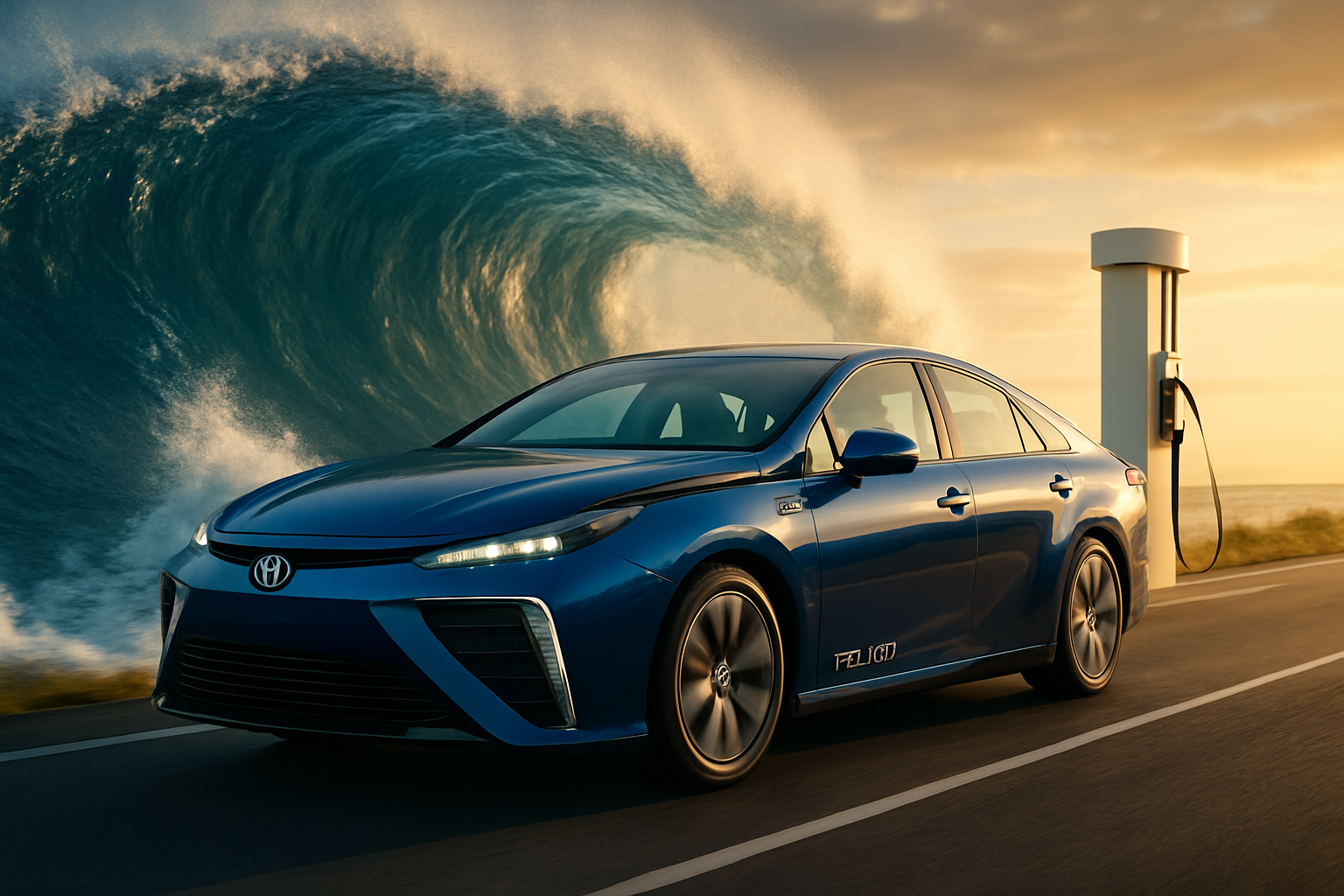Hydrogen Fuel Cell Vehicles: Driving into a Zero-Emission Future
Imagine cruising down the highway in a vehicle that emits nothing but water vapor, refuels in minutes, and offers a range comparable to conventional gasoline-powered cars. This isn't a far-off dream, but the reality of hydrogen fuel cell vehicles (FCVs). As the automotive industry races towards a zero-emission future, hydrogen technology is emerging as a compelling alternative to battery electric vehicles, offering unique advantages that could reshape our roads and our relationship with personal transportation.

The Road to Commercialization
While the concept of hydrogen-powered vehicles has existed for decades, recent technological advancements have brought FCVs closer to widespread adoption. Major automakers like Toyota, Honda, and Hyundai have already launched commercially available FCVs, with others following suit. These vehicles boast impressive specifications, with some models offering ranges of over 400 miles on a single tank of hydrogen. As production scales up and infrastructure expands, the cost of FCVs is expected to decrease, making them increasingly competitive with both conventional and battery electric vehicles.
Infrastructure: The Missing Piece
One of the primary challenges facing the widespread adoption of FCVs is the lack of hydrogen refueling infrastructure. Unlike electricity, which is readily available through existing power grids, hydrogen requires a new network of production, distribution, and refueling stations. However, governments and private companies are investing heavily in this area, with California leading the charge in the United States. As more stations come online, the practicality of owning an FCV increases, potentially creating a positive feedback loop that accelerates adoption.
Environmental Impact and Sustainability
While FCVs themselves produce zero emissions, the environmental impact of hydrogen production is a crucial consideration. Currently, most hydrogen is produced from natural gas through a process called steam methane reforming, which does generate carbon emissions. However, there’s growing interest in green hydrogen, produced through electrolysis powered by renewable energy sources like solar and wind. As the production of green hydrogen scales up, FCVs could become one of the most environmentally friendly transportation options available, with a lower overall carbon footprint than many battery electric vehicles when considering full lifecycle emissions.
Beyond Passenger Vehicles: FCVs in Commercial Applications
The potential of hydrogen fuel cell technology extends far beyond personal transportation. Heavy-duty vehicles like long-haul trucks, buses, and even trains are prime candidates for fuel cell adoption. These applications benefit from hydrogen’s high energy density and quick refueling times, allowing for longer operating hours and reduced downtime compared to battery electric alternatives. Several companies are already testing fuel cell trucks, with some projecting commercial rollouts in the near future. This expansion into commercial sectors could drive further investment in hydrogen infrastructure, benefiting the entire FCV ecosystem.
The Role of Policy and Incentives
Government policies and incentives play a crucial role in the adoption of any new technology, and FCVs are no exception. Countries like Japan, South Korea, and Germany have made significant commitments to hydrogen technology, offering subsidies for FCV purchases and investing in infrastructure development. In the United States, certain states offer incentives similar to those for battery electric vehicles, including tax credits and access to HOV lanes. As awareness of the benefits of FCVs grows, we may see more comprehensive policy support, further accelerating their integration into the mainstream automotive market.
Technological Advancements on the Horizon
The field of hydrogen fuel cell technology is rapidly evolving, with researchers and engineers continually pushing the boundaries of efficiency and performance. Recent advancements in catalyst materials have improved the longevity and efficiency of fuel cells, while innovations in hydrogen storage technologies promise to increase range and reduce costs. Some companies are even exploring the potential of onboard hydrogen generation, which could revolutionize the fueling process and alleviate infrastructure concerns. As these technologies mature, FCVs are poised to become increasingly competitive with other powertrain options.
A Diverse Future of Mobility
As we look towards the future of transportation, it’s becoming clear that there won’t be a one-size-fits-all solution to zero-emission mobility. Hydrogen fuel cell vehicles offer unique advantages that complement rather than compete with battery electric vehicles and other alternative powertrains. The quick refueling times and long ranges of FCVs make them ideal for certain use cases, while their potential for green hydrogen production aligns with global sustainability goals. As the technology continues to evolve and infrastructure expands, FCVs are set to play an increasingly important role in our transition to a cleaner, more sustainable transportation ecosystem.





